Smart Building & Facilities Management
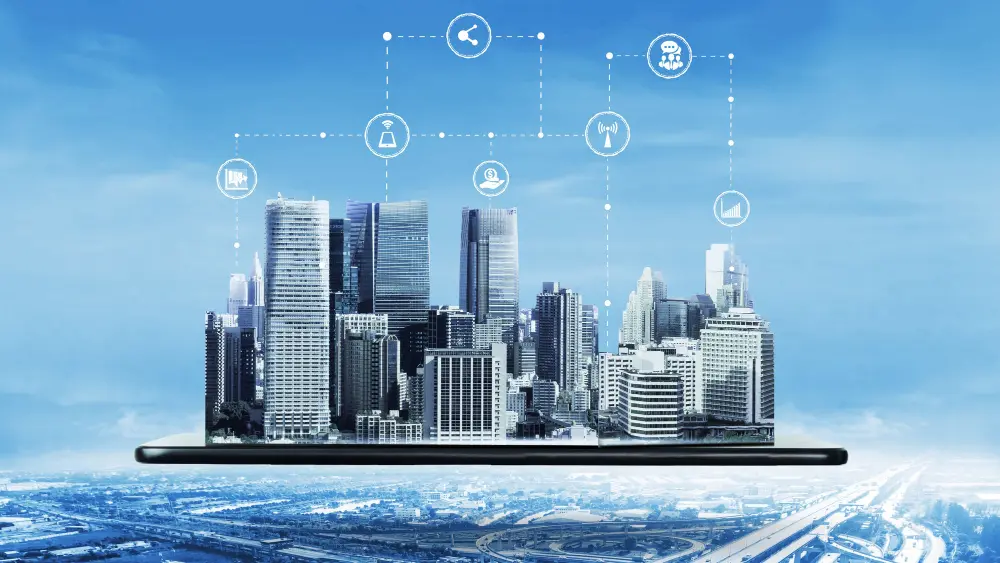
The management of modern buildings is becoming increasingly complex as owners and operators balance energy efficiency, occupant comfort, and regulatory compliance. In Singapore, frameworks like NEA’s Smart FM initiative and BCA’s Green Mark certification set high expectations for sustainability, productivity, and digital adoption. Yet, many facilities continue to rely on manual inspections, static maintenance schedules, and siloed systems. This results in wasted resources, higher costs, and an inability to adapt to changing demands.
Solutions with NexAscent sensors
NexAscent provides sensors or end-to-end solutions.
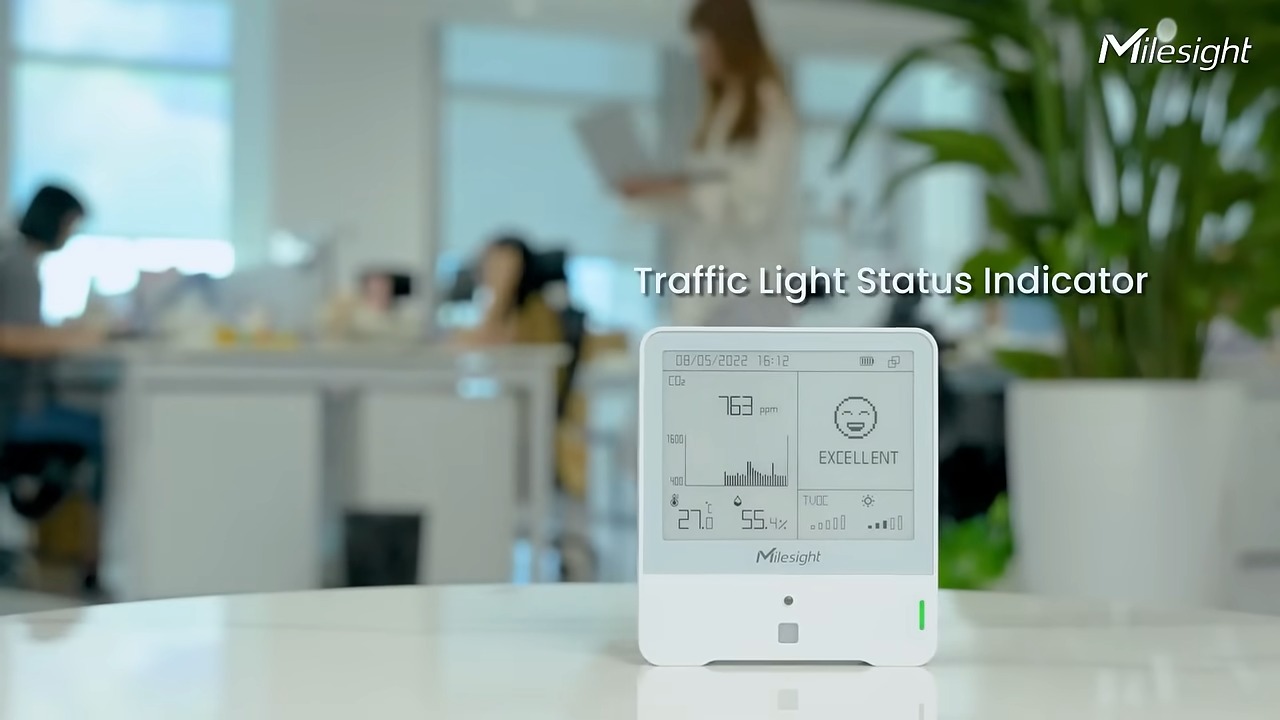
01.
IAQ sensors (AM102, AM103, AM307, AM308, AM319)
Measure CO₂, temperature, humidity, light, and VOC levels. This supports occupant well-being and helps buildings meet Green Mark IAQ criteria.
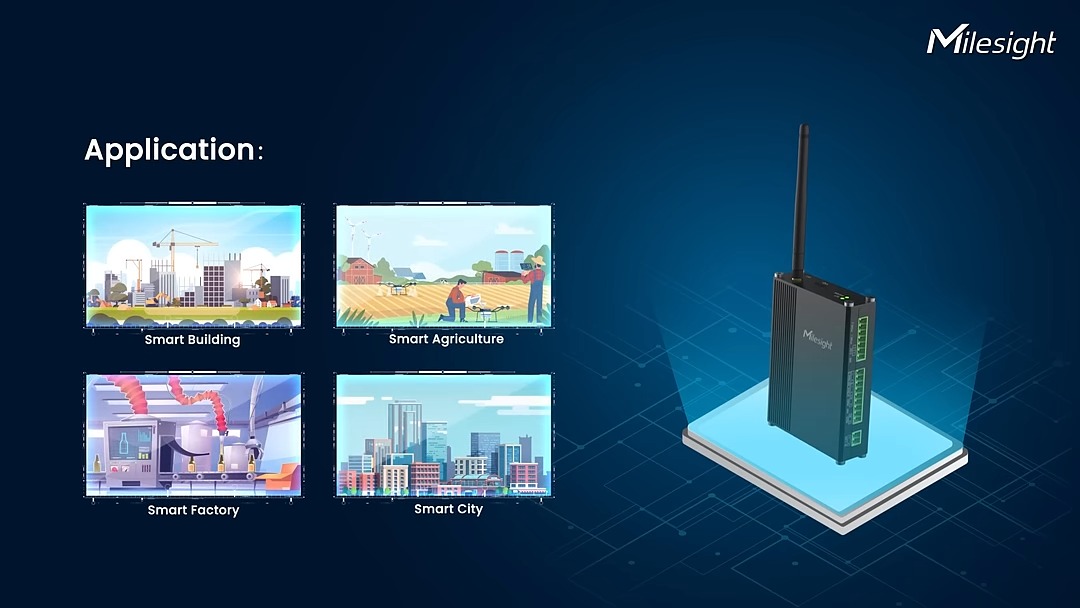
02.
Energy Monitoring (UC100, UC300)
Real-time monitoring of power consumption across equipment and zones. This data helps identify energy-hungry systems, track anomalies, and optimize performance.

03.
People Counter Sensors (VS135, VS125)
Track usage of rooms, meeting spaces, and common areas. Integrating this with HVAC and lighting ensures energy is used only when and where needed.
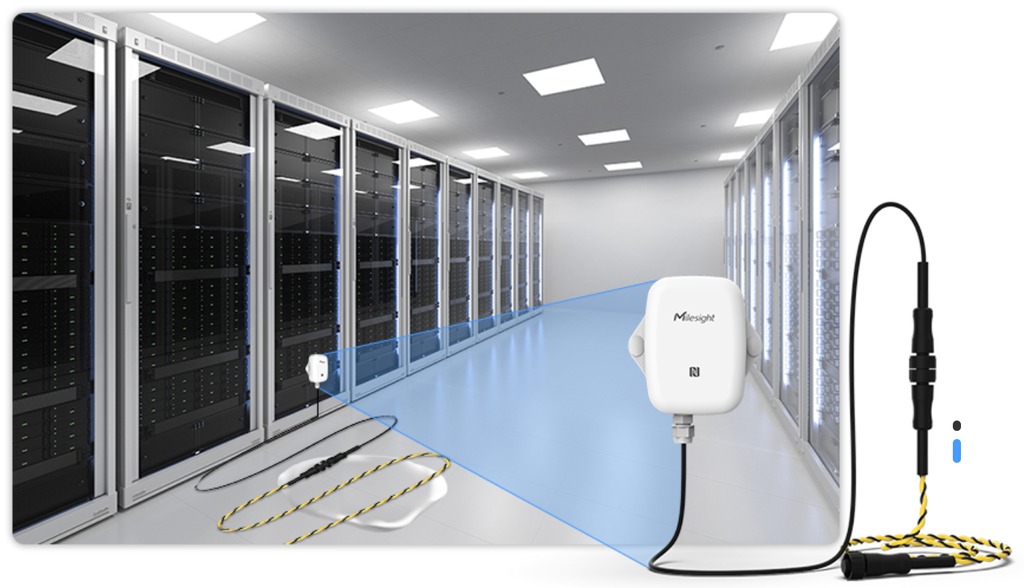
04.
Water Leak Sensors (WS303, EM300-SLD, EM300-ZLD, EM300-MLD)
Provide early warning of leaks in plant rooms, restrooms, or riser ducts, preventing costly damage and reducing downtime.
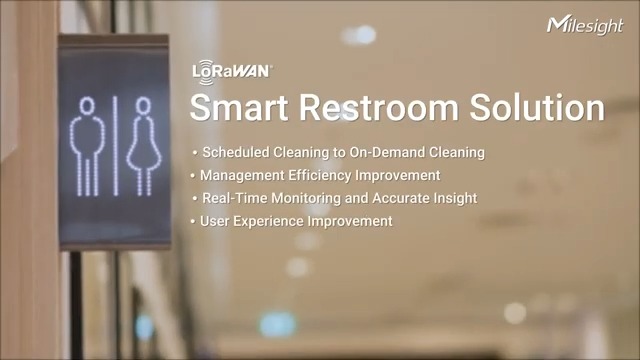
05.
Smart Restroom Sensors
Monitor consumables like toilet paper and soap, as well as floor wetness, enabling on-demand cleaning and hygiene management—directly supporting Smart FM goals.
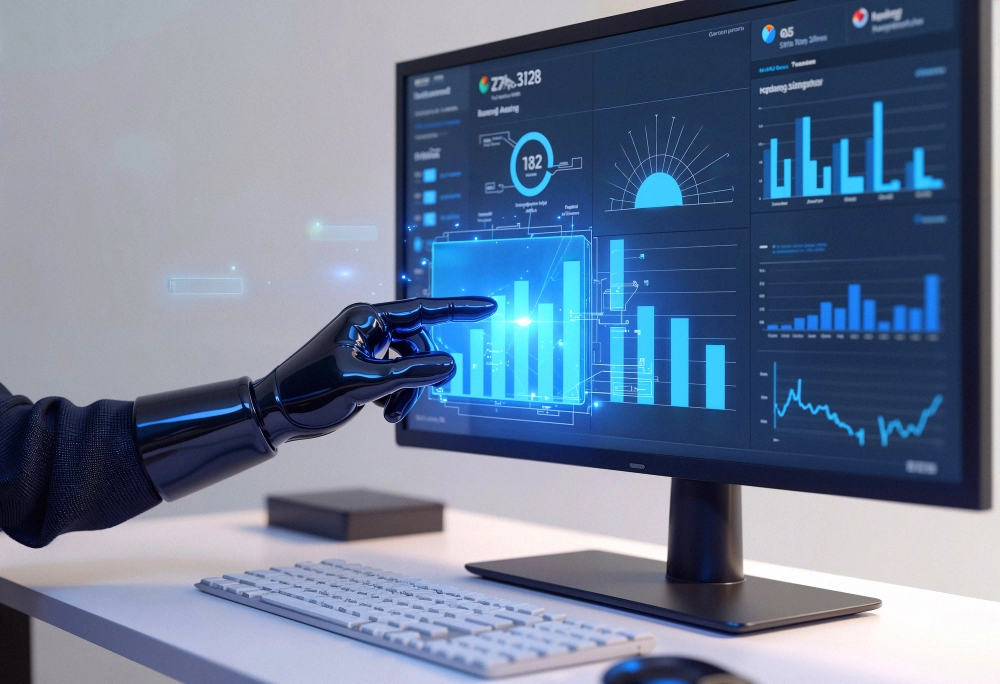
06.
IoT Platform & Analytics
Data from all sensors is aggregated in real time into dashboards for facility managers. Predictive analytics recommend interventions, while reports can be directly mapped to NEA and BCA compliance requirements.
ROI and Business Case
Smart building solutions create tangible financial and operational returns
Energy Efficiency (15–30% savings)
Linking occupancy with HVAC and lighting reduces waste. For large buildings, this equates to hundreds of thousands of dollars annually.
Manpower Productivity (20–40%)
24×7 monitoring and automated alerts reduce unnecessary inspections and allow staff to focus on urgent or high-value tasks.
Reduced Downtime
Predictive maintenance enabled by sensor data prevents costly breakdowns, improving tenant satisfaction and reducing repair costs.
Regulatory Compliance
Automated data collection simplifies Green Mark and Smart FM reporting, saving time and strengthening a building’s sustainability profile.
Risk Mitigation
Leak detection and early fault identification prevent large-scale damage and liability claims.
Enhanced Occupant Experience
Better IAQ and comfort translate to higher tenant retention, improved lease values, and a healthier workplace.
Conclusion
LoRaWAN sensors bring 24×7 visibility, data-driven decision-making, and predictive capabilities to facilities management. By aligning with NEA Smart FM and BCA Green Mark, these solutions help building owners and operators meet regulatory standards while realizing measurable ROI in energy savings, manpower efficiency, and risk reduction.
Smart building management is no longer just about maintenance—it is about delivering sustainable, future-ready facilities that maximize asset value and occupant satisfaction.
